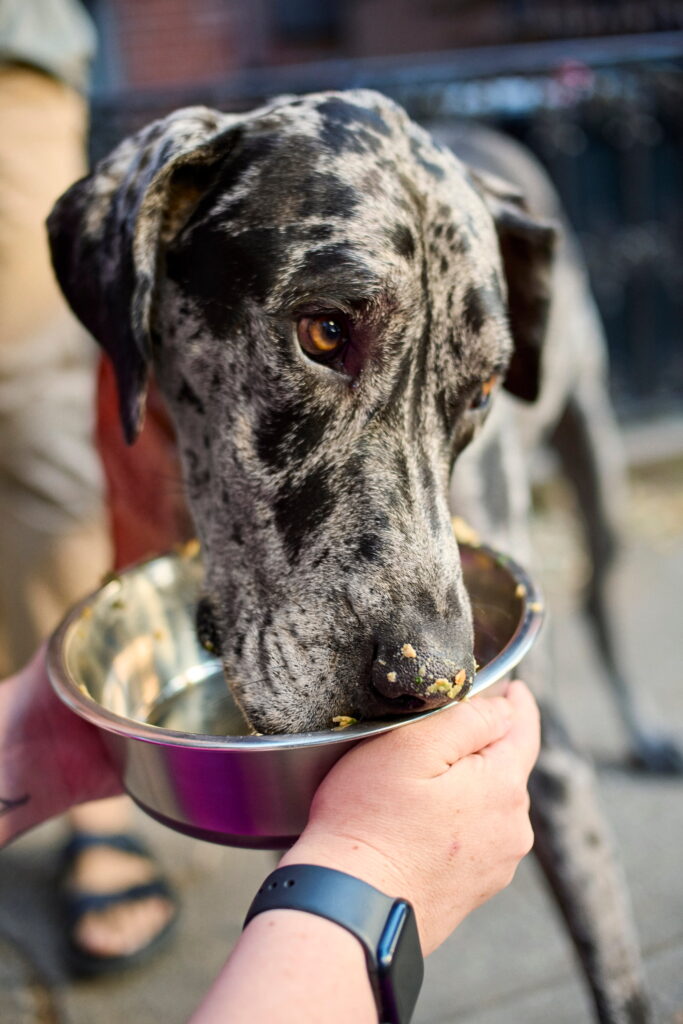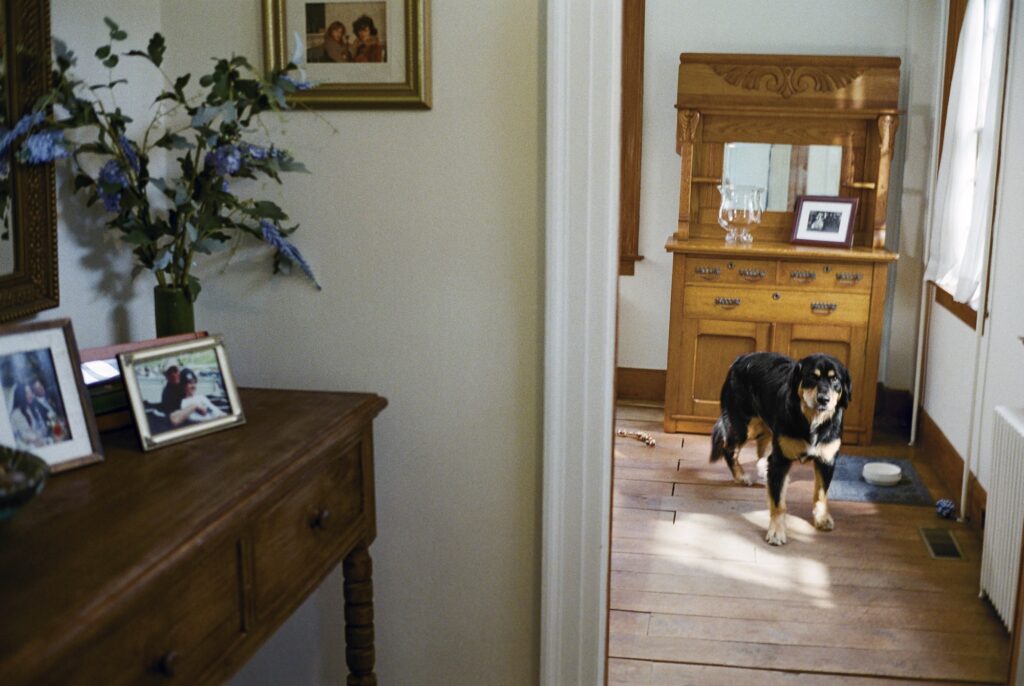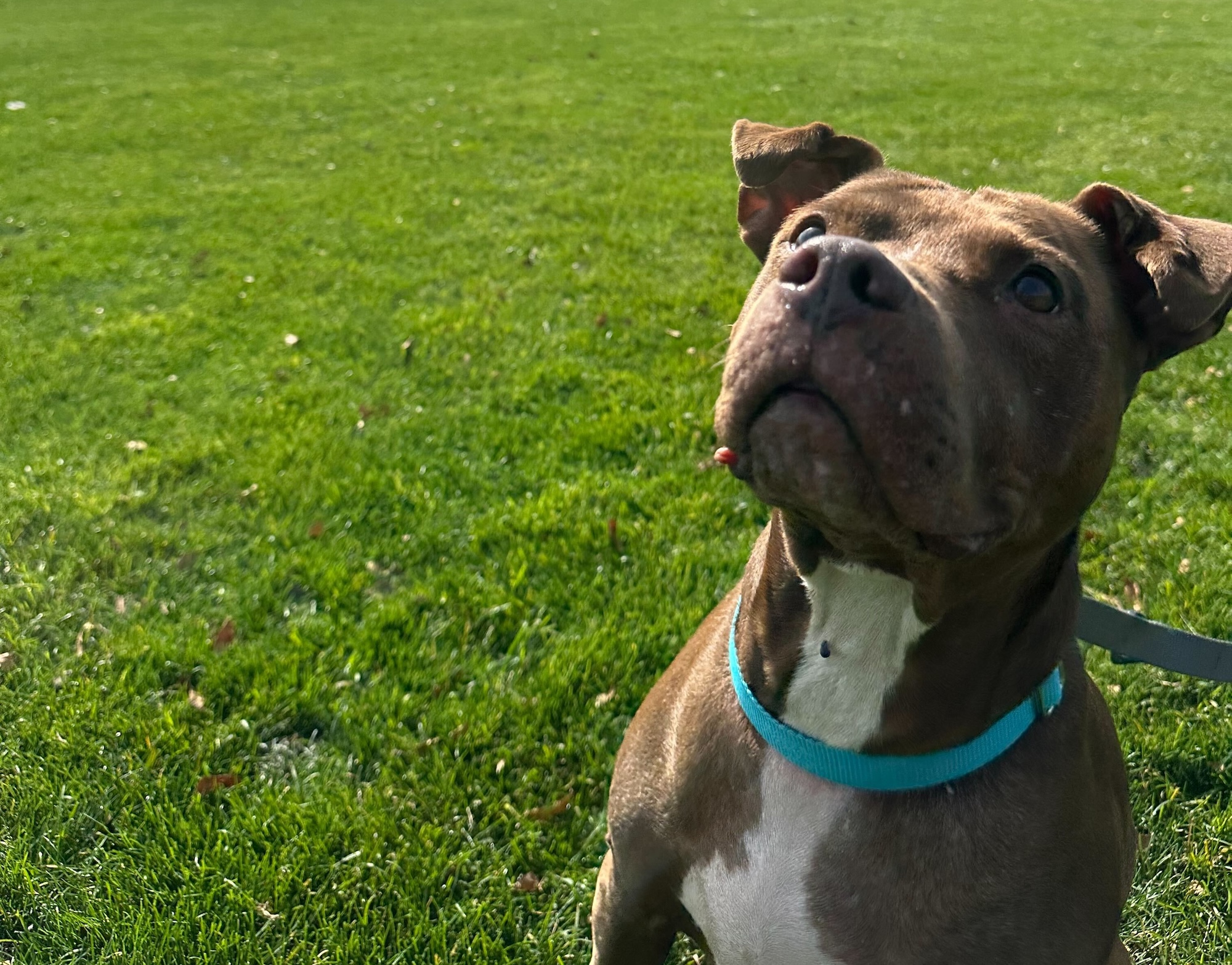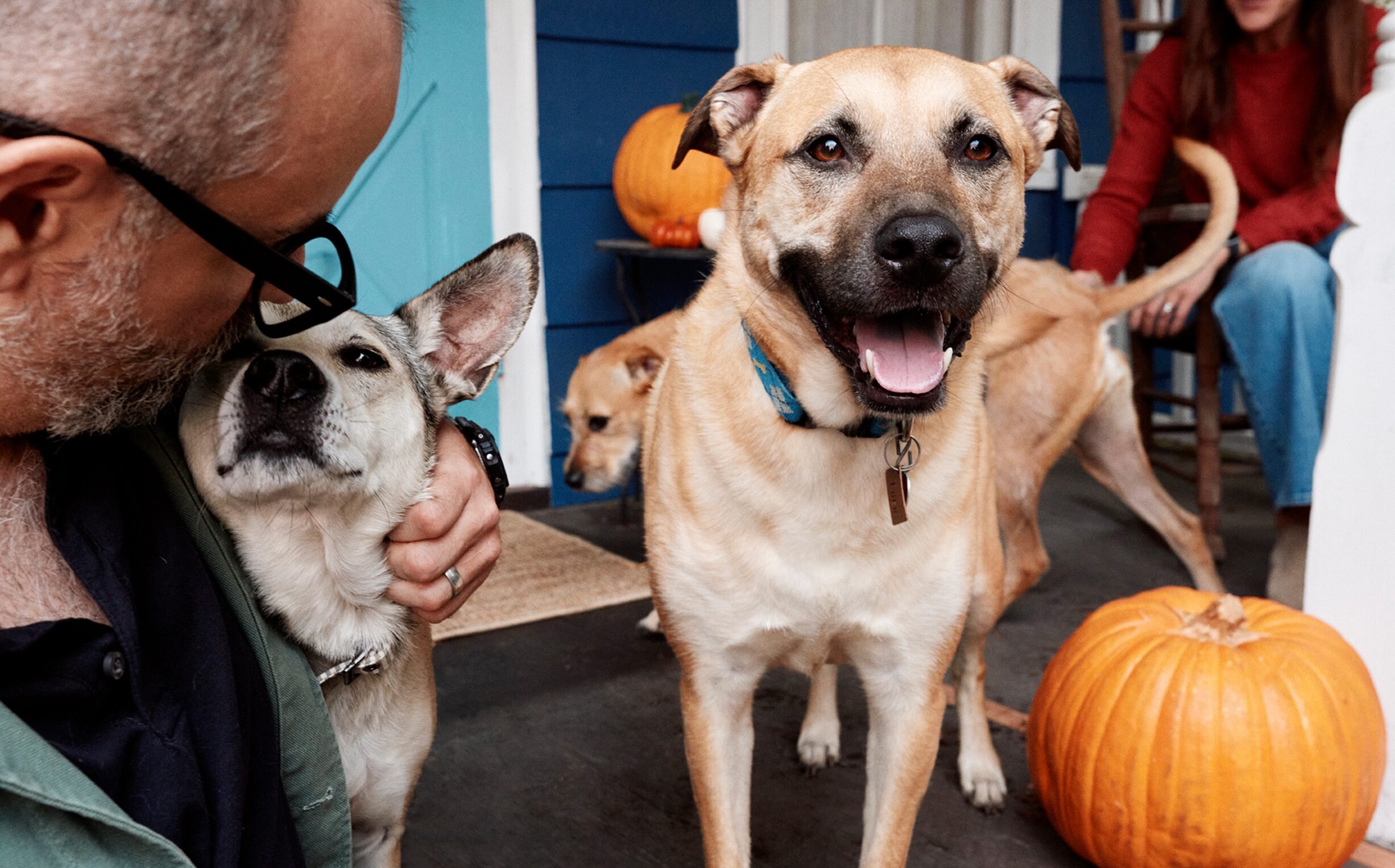In this article:
- Where do I start when looking for a boarding facility for my dog?
- When should I book a boarding facility for my dog during the holidays?
- How do I evaluate a boarding facility for my dog?
- How do I choose a pet-sitter?
High travel season brings with it many big questions. Will I arrive in time to get my fair share of the signature family dip before the cousins hog it all? Will the gifts get here before I go insolvent? When do I have to start the turkey in order to be ready for dinner, which is happening at lunchtime for some reason?
And, for dog owners, one crucial decision rules them all: Where will my pet stay while I’m away?
Obviously, we love our dogs and want to keep them by our sides. When we can, we prefer to bring them with us. But sometimes it’s just not feasible. Some dogs struggle with the anxiety of travel, new environments, and large groups of strange (to them) people. Enlisting the help of a boarding facility or a pet sitter in these instances is sometimes the kindest thing you can do. For more on deciding whether to take your best friend with you on vacation, here is a handy guide.
If you think boarding looks like it could be the right call for your dog, here’s how to make an informed choice about your dog’s care during one of the busiest times of year.
Start with your dog, not the facility
Before researching boarding options, take an honest look at your dog’s temperament and needs.
“People need to take a good look at their dog first and make sure that they’re very clear about what their dog is comfortable with, [and] what they can tolerate,” said Leslie Sinn, CPDT-KA, DVM, of Behavior Solutions in Virginia.
A super-social dog might thrive in a bustling kennel environment. On the other hand, dogs with separation anxiety or dog selectivity can require extra careful consideration. Additionally, dogs who are noise-sensitive could struggle with the experience—sound levels inside kennels can exceed 103 decibels, which is hearing-damaging territory.
Sometimes you won’t be sure why a dog can’t handle a boarding facility—and that’s OK, as long as you read their signals and accommodate their needs. As Dr. Sinn told us, past experiences are not always the best indication of whether a dog will succeed in such an environment. Some dogs with difficult upbringings might feel totally fine at a boarding facility—while a dog who was raised from puppyhood in a loving home might not be able to stand it.

“It really depends on the individual,” she said.
Sometimes you can’t predict how your dog will react—so it’s beneficial to swing by the facility ahead of the time you need to board them, in order to observe their comfort level.
Here’s a list of signs of fearfulness and anxiety that are common in dogs, culled from the ASPCA as well as from Dr. Zazie Todd, a psychologist and certified dog trainer. Her book Bark! The Science of Helping Your Anxious, Fearful, or Reactive Dog is a great resource on spotting the signs, which include:
- Low or tucked tail
- Ears back
- Yawning
- Pacing
- Panting
- Wide eyes with the whites showing
- Licking the lips or nose
- Hiding
- Stiffness
- Attempting to escape
If your dog is showing signs of stress, you may consider trying a different facility or forgoing boarding altogether. How stressed is too stressed? Dr. Sinn puts it like this: “In general, a dog that is bolting, trying to escape, urinating, defecating, having to be dragged or picked up and carried would all suggest that the dog is completely overwhelmed.”
Dr. Sinn said that she often sees clients at the “end of line”—that is, “they’ve been banned from boarding because the kennel feels the dog’s too severely stressed or that they can’t safely handle or manage the dog—or, heaven forbid, there’s been a biting incident directed towards other dogs or towards kennel personnel.”
As such, she says that it’s always good to embark on anxiety-mitigating protocols ahead of boarding an anxious dog, which can also include a test-run night at the facility. A trusted, qualified trainer or behaviorist can be a valued partner in this process.
Dr. Sinn emphasized that, until your dog’s anxiety is addressed, boarding in “large-scale, commercial facilities” tends to not be the best option (more on your recourse in such situations below).
When booking a boarding facility, “start yesterday”
To give yourself the best range of options, begin researching facilities well before you’ll need one.
Digest spoke with Carmen Rustenbeck, founder and CEO of the International Boarding and Pet Services Association, a few weeks before Thanksgiving. By then, she told us, most of the facilities she worked with were already full.
“If you need somebody for Christmas,” she said, “you need to start yesterday.”
Allow yourself a few months to properly vet and introduce your dog to a new care situation. Leaving plenty of time is a good idea in order to ensure there will be room for your four-legged boarder—but also because the vetting process can take some time.
How to evaluate a boarding facility for your dog

When evaluating boarding facilities, Rustenbek told us that it’s wise to ask detailed questions about their intake process. Key queries include:
- How do you handle medications for pets?
- Do you conduct behavioral assessments for every dog?
- How are dogs grouped for play—by age, size, or temperament?
- What training do your employees have, and can you provide certificates?
- What’s your emergency action plan for things like weather events, earthquakes, or power outages?
The Better Business Bureau offers more smart questions:
- What is the procedure for a pet during a medical emergency?
- Double check your state’s licensing requirements, and then ask whether the facility meets them.
- Are all clients required to provide proof of immunizations for their pets?
- What items can I bring from home? Can I bring my dog’s favorite blankets or bedding, toys—and, of course, their necessary medications?
We will also add that, if you feed fresh dog food like The Farmer’s Dog, you should make sure the boarding facility has a refrigerator on site. Most facilities for dogs do.
Rustenbeck said that pet owners should look for a facility that requires a serious evaluation before accepting new dogs. This allows staff to assess how your dog behaves in groups and determine appropriate placement.
Dr. Sinn recommended those that offer open access to owners, including the ability to visit and video monitoring of play areas. She added, “I recommend that if people see, hear or ‘feel’ something that isn’t right, trust your instincts, and just say no. Go to another location or pick another place.”
The BBB suggests watching for red flags like pets that appear dirty and stressed, bad smells, lax vaccination requirements, poor or no online reviews, improperly secured outdoor areas, too many boarders without enough staff, and lack of proper business licenses and insurance.
Check for professional credentials among staff. “If any of their personnel have training credentials, for example—[if they’re] certified professional dog trainers—at least you know they’ve got some behavioral knowledge,” Dr. Sinn said.
Keep in mind, though, that just because one employee is credentialled doesn’t mean they all are.
Or go the pet-sitter route
For dogs who are anxious, or those who don’t do well in kennel environments for other reasons, an in-home pet sitter may be the better choice. This keeps the dog in a familiar place during a potentially tense time. Rustenbeck recommends finding certified sitters through the National Association of Professional Pet Sitters or Pet Sitters International, which have certification processes. You can also ask trusted friends and family to recommend sitters they’ve had direct experience with.

The process of introducing a dog to a sitter should be gradual, especially for worried or aggressive dogs. Dr. Sinn typically advises a six-month timeline that starts with the owner and sitter taking walks together, progresses to the sitter walking the dog alone, moves to short visits in the home, and eventually builds to overnight stays—all before any major trip. You want to feel confident that your dog will be calm and in good hands.
“When I go on vacation, I actually want to go on vacation,” Dr. Sinn says. “I don’t want to be twitching every time the phone rings.”
Some things you can ask a sitter include:
- Do you have a contract?
- What certifications do you have?
- Do you provide regular photo updates?
- Are you insured?
- Do you have references that I can contact?
- What will you do ahead of the pet sitting date to acquaint yourself with my dog?
Expect pet sitters to arrive with a contract, Rustenbeck advises. You’ll want everyone involved to understand the expectations, and a contract is a clear way to do that. Likewise, the sitter should ask detailed questions about your pet’s routines and medical needs, and provide regular photo updates.
As you make this important choice, be honest about your dog’s needs and behavior. Watch how they react, whether with a sitter or when you’re visiting a boarding facility. Then trust your dog and do what’s best for them.
The more legwork you put in ahead of time, the better the likely outcome for everyone involved. “The more prep you do, the better everyone is set up for success,” Dr. Sinn said.




